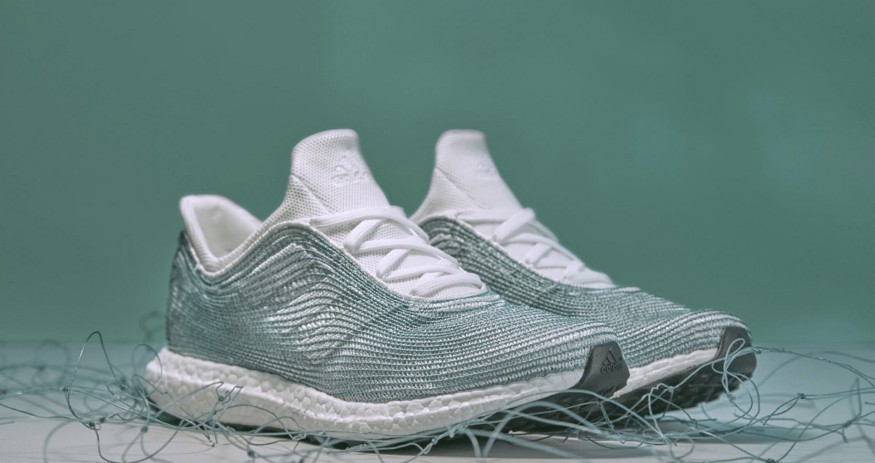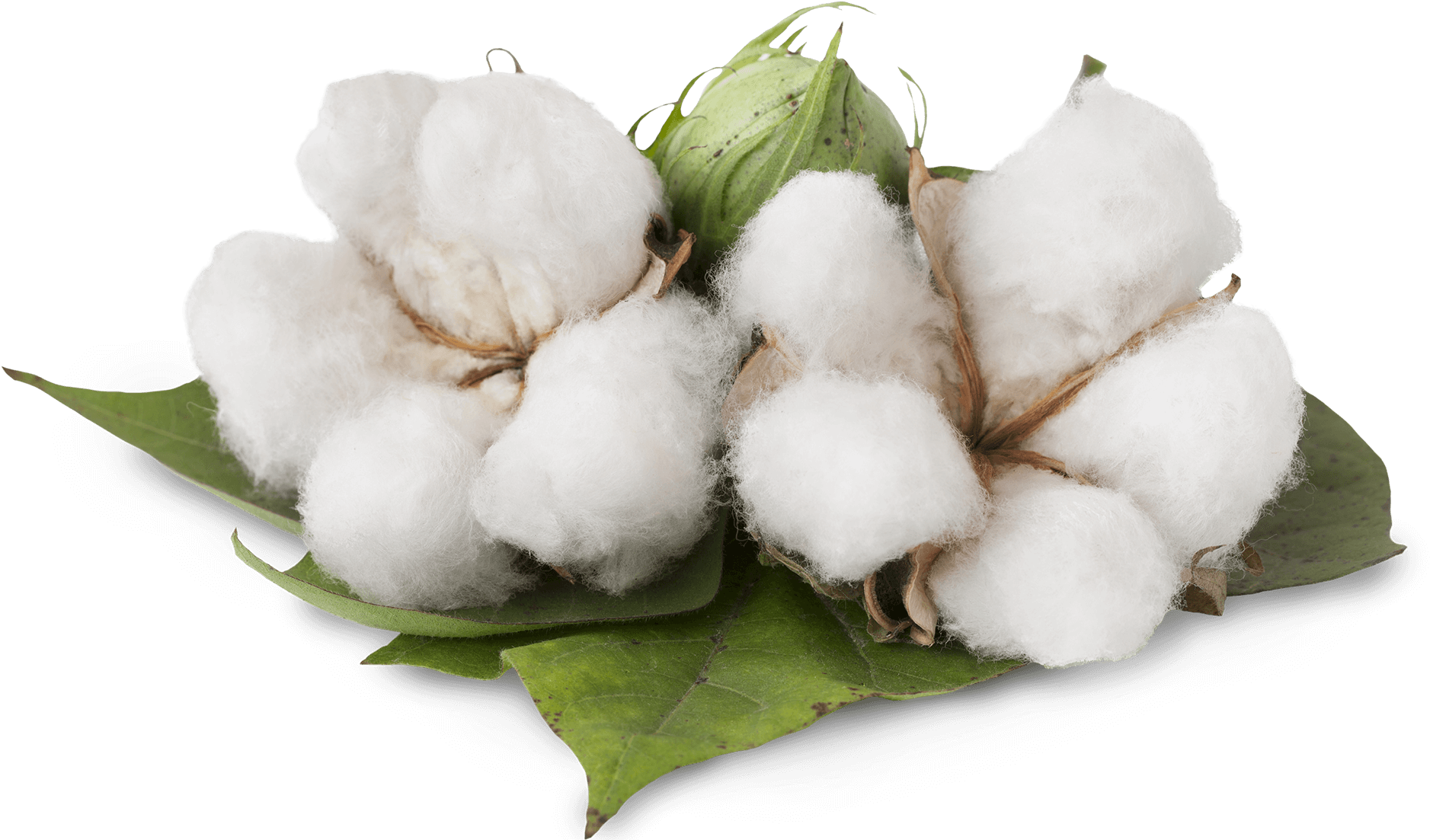Recycled PET Is Not a Solution for Sustainability in Fashion

Recycled PET Is Not a Solution for Sustainability in Fashion
It does not tackle either the excess of fashion consumption and waste or the lack of responsibility of the soft drinks companies
The idea of turning plastic bottles into fabrics is not new. Since the 1990s, a few spinning mills and brands have been trying to make it catch on. But only now is trendy recycled PET gaining traction and spreading as a sustainable alternative to polyester. It started with G-Star Raw and Raw For the Oceans initiative, then we had Nike, H&M, Adidas, Stella McCartney and, by all accounts, this list does not seem it will stop growing. From baby slings to party dresses, you can find a version of almost everything made from recycled plastic.
After all, what could be nicer than turning the hated PET bottle into a cool fashion outfit? When the initiative comes coupled with a “clean sea” speech, as is the case with initiatives by Bionic Yarn — a venture by captivating pop singer Pharrel Willians, which aims to take plastic from the oceans to make new products — the action gets even more likes.
Let’s be honest. Nobody wants oceans with more plastic than fish, right? So it is a relief to think that someone is cleaning this dirt for us and on top of it delivering us — in the form of products that we would already buy one way or another — a dose of “conscious consumption”. I mean, I’m so cool that my sneakers and jeans are made of plastic taken from the oceans.
Isn’t that amazing ?!
I will not lie; of course it is. If we narrow our gaze to this small part of the life cycle of these items, taking plastic that would — in theory — be polluting the world and turning it into — in theory — durable fashion products is exciting.
However, when we look further and analyze the whole story, we discover that turning plastic waste into clothing is not only a bad idea but also a setback when we consider systemic solutions for sustainability in fashion. Perhaps the dirtiest side of this story is that fashion brands know this, but again, they are not being honest and are selling us a pig in a poke while most people believe they are amazing for their sustainability initiatives.
1. It seems we have to talk about microplastics. Again. Over and over and over.
Within the sustainability cosmos, there are two primary discourse motivations for using recycled plastic alternatively to polyester. The first and most obvious is that it turns garbage into something new. Recycling by itself already has a positive character intrinsic to it. The common understanding is that recycling is always the best way out. Secondly, the common knowledge is that by recycling we are no longer extracting virgin raw material — in this case, non-renewable polyester — to produce new products.
Yet, in the case of recycled plastic fabrics, besides the recycling process being flawed (as we will see later) and require insertion of virgin raw material to achieve fiber quality, we cannot ignore the microplastics. Regardless of yarn structure and weft, plastic fabrics release microparticles in the washing process. If we add hot water and greater friction, for example, the detachment of microscopic pieces of plastic from the wires increases. Part of these microplastics is not filtered at any stage of the sewage treatment process and end up returning… to the oceans. Once there, the fish confuse them with food and fill their organism with plastic, in turn contaminating other fish-eating species.
According to the Ellen Macarthur Foundation’s report on circular economy, A New Textile Economy, half a million tons of microplastics from plastic garments end up in the seas every year. This amount is equivalent to 50 billion plastic bottles. As the report explains, “In this current trend, the amount of microfiber plastic entering the oceans between 2015 and 2050 could reach 22 million tons — about two-thirds of the amount of plastic fiber used to produce clothing annually”.
What is the advantage of removing plastic from the oceans (or anywhere else) to transform them into clothes that release unfiltered microplastics, both in the sewage system and in the oceans, further contaminating marine life and hence human beings? That’s right, no advantage at all. Plastic took from the seas, and elsewhere, must become genuinely durable and truly recyclable products. And then we get to another matter.
2. There is no circular economy in this process, there is an interrupted cycle.
Brands using recycled plastic in their collections love to say they are practicing a circular economy. However, circular economy, as its name implies, is a closed cycle where the recycled, reused or composted product becomes something of equal value in a continuous and uninterrupted sequence. But plastic fabrics, recycled or not, are not recycled at the end of their life. They end up in landfills because there is no large-scale recycling technology for post-consumer textiles.
So when a brand takes a PET bottle, for example, that can be turned into another PET bottle or other plastic products that can be recycled endlessly and turns it into a fabric whose sole purpose is the landfill, it is interrupting the cycle. Following this logic, brands are producing more waste from another industry’s waste, usually the soft drink industry, without finding a solution to their waste.
This way they can preach sustainability without really moving to find real solutions to the 60 textile trucks being dumped into landfills every minute while not even tickling the exorbitant amount of plastic discarded through the soft drink companies. This is why recycled PET in fashion is a highly controversial path for a circular economy.
As Greenpeace’s Fashion at the Crossroads report warns: “At best, projects like this should be seen as a communication tool to raise public awareness of plastic pollution in the oceans, but they can’t be considered a serious step towards circularity ”.
3. Comfort zone makes real solutions impossible
Not only is using recycled plastic in fashion not a solution, but it is also an impediment to find answers because it creates a comfort zone for industries as well as for people. When brands use recycled plastic from other sectors, they often ignore the issue of microplastics, do not invest in the production of fibers that can actually make a positive impact, do not take care of their own waste and move away from thinking about new business models that, among other things, seek to reduce the volume of goods and extend product life.
They also cause the impression of solving a problem that is not their own and they cannot address: the food industry’s neglect towards their packaging. The largest soda companies alone produce about 500 billion PET bottles a year. If even the companies themselves cannot handle recycling this waste, it is insane to think that fashion brands will.
Brands are producing more waste from another industry’s waste, usually the non-alcoholic beverage industry, without finding a solution to their waste.
Besides, the usage of recycled plastic grows at the same time as demand for virgin plastic increases. And so does the amount of discarded plastic. So the question is: is this recycled plastic post-consumer? And what is the point of using recycled PET in fashion if it is unable to impact plastic production and disposal statistics positively? About 322 million tons of plastic were produced in 2015, and that number is expected to double by 2025.
What are the options then?
There is no possibility of ending the use of synthetic fibers in fashion, so an open and sincere conversation about these materials is essential. Using recycled plastic should be a solution for items that need to be made of plastic, such as sportswear, accessories, and elastane products. However, this recycled plastic must be sourced from the industry itself, not only to promote a genuinely closed-cycle but also to account for discarded polyester, nylon, elastane, and polyamide.
The fabrics also need to be designed and constructed without the need to mix with other fibers, especially virgin ones, to avoid the creation of hybrid monsters. Also, having a watchful eye and technology applied to minimize unwrapping of microplastics at wash time and/or being made not to wash or wash too little, as is the case with bags and shoes.

To accomplish this, companies need to fund technology and research and create reverse logistics initiatives. To ensure not only that this recycled plastic garment does not end up in a landfill or natural environment, but also to guarantee the circular economy of their own business — not depending on the waste of others, not creating an interrupted cycle and without having to use virgin plastic to produce new products. It sounds complicated, but not impossible. Brands like Patagonia and Houdini are already doing it.
Considering other materials, such as Lyocell®, organic cotton, and encouraging the use of fibers such as linen are also smart and necessary solutions — especially if we think not only of sustainability issues in productive processes and product lifecycle but also user comfort.
The Achilles heel is in the logic, not in the products and processes
I spend most of my classes, consulting sessions, and lectures focusing on the logic of the production system rather than just processes and products. Of course, we can minimize damage and even see new solutions for sustainability by trying to address part of a method or product. However, the big problem lies in the extract — sell — discard production logic that remains hostage to a system of continuous growth.
Turning discarded plastic into clothing can create a big hype, but only when we address the elephant in the room, that is, the current fashion business model (selling more and more) will we be able to create truly innovative ways for sustainability. Some brands have been doing this successfully for years, such as Patagonia as mentioned above or the Swedish Filippa K, not to mention smaller endeavors that offer everything from lifetime warranty to reverse logistics and endless recycling.
If we do not push forward and settle for little, the industry will remain in its comfort zone, and the oceans will continue crammed with plastic. Recycled plastic clothes will not save fashion nor the planet. People and companies willing and open for genuine transformation will.
Recent Post

Bottles Recycled
Recycling more than 25 billion plastic bottles!
Learn MOreOrganic Cotton

